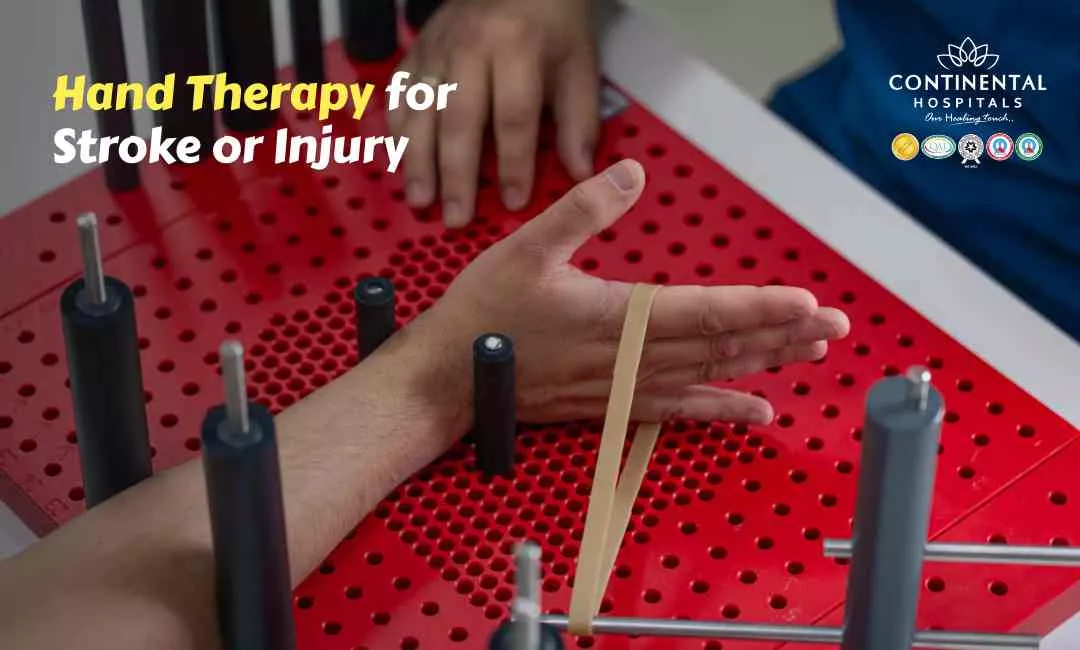World Patient Safety Day, celebrated annually on September 17th, is an essential reminder of the significance of patient safety in healthcare. Initiated by the World Health Organization (WHO) in 2019, this day aims to raise awareness and drive global solidarity in efforts to improve patient safety. Ensuring safety for every patient is a critical aspect of healthcare, as it directly impacts patient outcomes, trust in the healthcare system, and overall public health.
Importance of Patient Safety
Patient safety involves preventing and reducing risks, errors, and harm that occur to patients during the provision of healthcare. A cornerstone of quality healthcare, patient safety ensures that the right care is provided to the right patient at the right time. This concept encompasses a wide range of practices and policies, including the use of proper hygiene, accurate patient identification, effective communication among healthcare professionals, and adherence to treatment protocols.
The implications of patient safety are far-reaching. Medical errors can lead to severe consequences, including prolonged hospital stays, additional medical expenses, physical and emotional harm to patients, and even death. According to the WHO, as many as 2.6 million deaths occur annually due to unsafe care, highlighting the urgent need for systemic changes to enhance safety protocols and practices.
Key Themes and Objectives
World Patient Safety Day 2023 focused on "Engaging patients for patient safety" as its theme. This theme highlighted the critical role patients, families, and caregivers have in creating a safe healthcare environment.
🥗 Healthy Plate Challenge
🍽 Add Your Favorite Dish
Pick Your 6 favorite foods, eat, and see the results.Drag & drop foods onto your plate.
Drop Food Here
The objectives of World Patient Safety Day 2023 were:
- Increased Public Awareness and Engagement: Raise global awareness of the importance of actively involving patients and their families/caregivers in all aspects of healthcare for improved safety.
- Enhanced Global Understanding: Promote a deeper understanding of how patient engagement contributes to positive healthcare outcomes.
- Global Solidarity and Action: Encourage collaboration among stakeholders (patients, families, policymakers, healthcare workers, etc.) to design and implement safety interventions that reflect patient needs and preferences.
Challenges in Achieving Patient Safety
Despite the significant progress made in recent years, achieving patient safety remains a complex challenge due to various factors:
Healthcare System Complexity: Modern healthcare systems are highly complex, involving numerous interactions among patients, healthcare providers, technologies, and medications. This complexity increases the likelihood of errors and adverse events.
Resource Constraints: Limited resources, including staff, equipment, and funding, can hinder the implementation of effective patient safety measures. In many low- and middle-income countries, resource constraints pose significant barriers to providing safe care.
Human Factors: Human error is an inevitable part of healthcare delivery. Fatigue, stress, and inadequate training can contribute to mistakes that compromise patient safety.
Communication Breakdown: Effective communication is crucial for patient safety. Miscommunication among healthcare providers, patients, and their families can lead to errors in diagnosis, treatment, and care.
Cultural Barriers: A culture that does not prioritize patient safety or encourages a blame-free environment for reporting errors can impede efforts to improve safety practices.
Strategies for Enhancing Patient Safety
To address these challenges and enhance patient safety, healthcare organizations and policymakers must adopt a multifaceted approach. Key strategies include:
Fostering a Safety Culture: Creating a culture that prioritizes patient safety is essential. This involves encouraging open communication, reporting and learning from errors, and promoting teamwork and collaboration among healthcare providers.
Implementing Standardized Protocols: Standardized protocols and guidelines help ensure consistent and safe practices across healthcare settings. These include infection control measures, medication administration procedures, and surgical safety checklists.
Investing in Training and Education: Continuous training and education for healthcare professionals are crucial for maintaining and improving patient safety. This includes regular updates on best practices, new technologies, and patient safety protocols.
Leveraging Technology: Technology can play a significant role in enhancing patient safety. Electronic health records (EHRs), computerized physician order entry (CPOE) systems, and clinical decision support systems (CDSS) can help reduce errors and improve the accuracy of patient information.
Engaging Patients and Families: Involving patients and their families in the care process can improve safety outcomes. Educating patients about their conditions, treatments, and what to expect can empower them to take an active role in their care.
The Role of Healthcare Leaders
Healthcare leaders play a critical role in advancing patient safety. Their commitment to creating a culture of safety, investing in necessary resources, and fostering an environment that encourages learning and improvement is vital. Leaders must prioritize patient safety in their strategic planning, allocate adequate resources, and support staff in their efforts to provide safe care.
World Patient Safety Day is a crucial observance that reminds us of the importance of ensuring safety for every patient. By raising awareness, promoting best practices, and encouraging collaboration, we can make significant strides in improving patient safety worldwide. The collective efforts of healthcare providers, policymakers, patients, and their families are essential to achieving a safer, more reliable healthcare system. As we celebrate World Patient Safety Day, let us reaffirm our commitment to making patient safety a top priority and work together to protect and care for every patient.
.webp)














